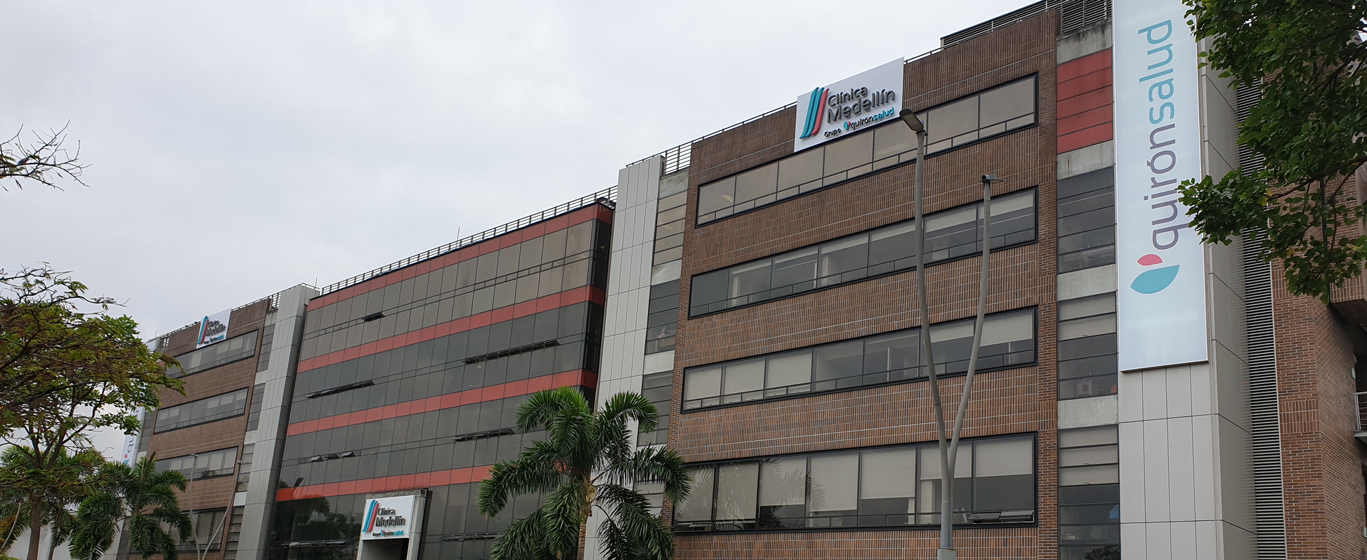Polycystic Ovary Syndrome (PCOS)
What are the consequences of polycystic ovaries? Information on what PCOS is, its causes, and the most effective treatments.
Symptoms and Causes
Polycystic Ovary Syndrome (PCOS) is a condition that affects some women during their reproductive years and causes hormonal imbalance along with metabolic issues. These imbalances cause the ovaries to become enlarged and contain, even when at rest, more follicles than usual and smaller in size than normal. These sacs contain follicular fluid and immature eggs, which, as a result of PCOS, do not release mature eggs regularly, leading to menstrual irregularities and fertility issues.
It is important to distinguish between women with polycystic ovaries, who have small cysts on the outer edge of the ovaries, and those suffering from PCOS who also present symptoms related to excess androgens. The former typically experience imbalances and discomfort but do not face problems conceiving, while the latter often struggle to become pregnant.
Symptoms
The symptoms of polycystic ovary syndrome can vary from one woman to another. Therefore, the condition is typically confirmed when more than one of these disorders is present:
- Irregular menstrual periods, ovulation disturbances: this may include menstruation lasting longer than usual or occurring in longer cycles of more than 35 days.
- Symptoms related to excess androgens: hirsutism (excessive hair growth in areas where women typically don’t have hair), oily skin, weight gain, hair issues, or severe acne.
- Enlarged ovaries with cysts around them.
Other symptoms:
- Darkened skin in folds (acanthosis nigricans).
Causes
The cause of polycystic ovary syndrome is not known, as it is multifactorial in origin, although some factors influencing its development have been identified:
- Insulin resistance: when the body’s cells do not respond to this hormone, blood glucose levels rise, which can stimulate the production of androgens.
- Chronic low-grade inflammation: the body generates androgens as a response to this swelling.
Risk Factors
The main risk factors for polycystic ovary syndrome include:
- Family history: it is believed that there may be a genetic cause predisposing to the condition.
- Overweight/Obesity.
- Diabetes: high insulin levels can promote the development of PCOS.
Complications
The main complication of PCOS is infertility or, at the very least, difficulty getting pregnant, along with the development of metabolic syndrome. Women with this condition may suffer from hypertension, type 2 diabetes, gestational diabetes, or increased abdominal fat. In severe cases, the risk of cardiovascular disease or endometrial cancer increases.
Prevention
There is no way to prevent polycystic ovary syndrome.
Which doctor treats polycystic ovary syndrome?
Polycystic ovary syndrome is treated by a gynecologist or an endocrinologist.
Diagnosis
When there is suspicion of the condition, based on the symptoms the patient presents during the consultation, the following tests are usually performed to confirm the diagnosis:
- Vaginal ultrasound to observe the ovaries and the condition of the uterus.
- Blood tests to study hormone levels.
- Pelvic exam to check the state of the reproductive system.
Treatment
As there is no cure for polycystic ovary syndrome, treatment focuses on alleviating the symptoms and the complications it causes to general health. Typically, the following guidelines are followed:
- Engage in moderate exercise daily.
- Lose weight.
- Take medication to regulate menstrual cycles or facilitate ovulation.





















































